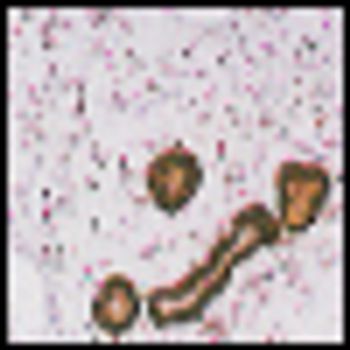
The US Food and Drug Administration (FDA) has approved topotecan HCl (Hycamtin) in combination with cisplatin, for the treatment of stage IVB, recurrent, or persistent carcinoma of the cervix, which is not amenable to curative treatment with surgery and/or radiation therapy. Following a 6-month priority review by the FDA, the expanded indication is based on phase III results that demonstrated a survival advantage by using topotecan in combination with cisplatin compared to cisplatin alone.
















































































